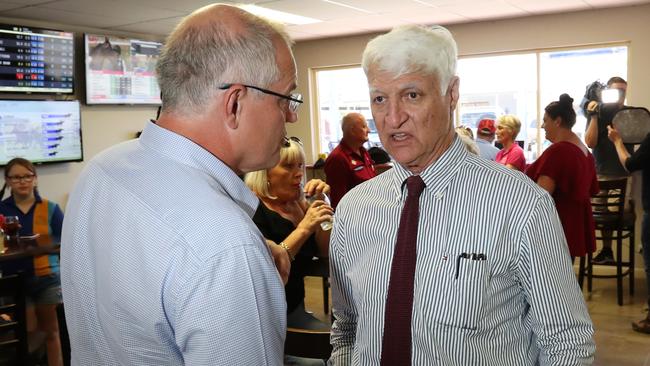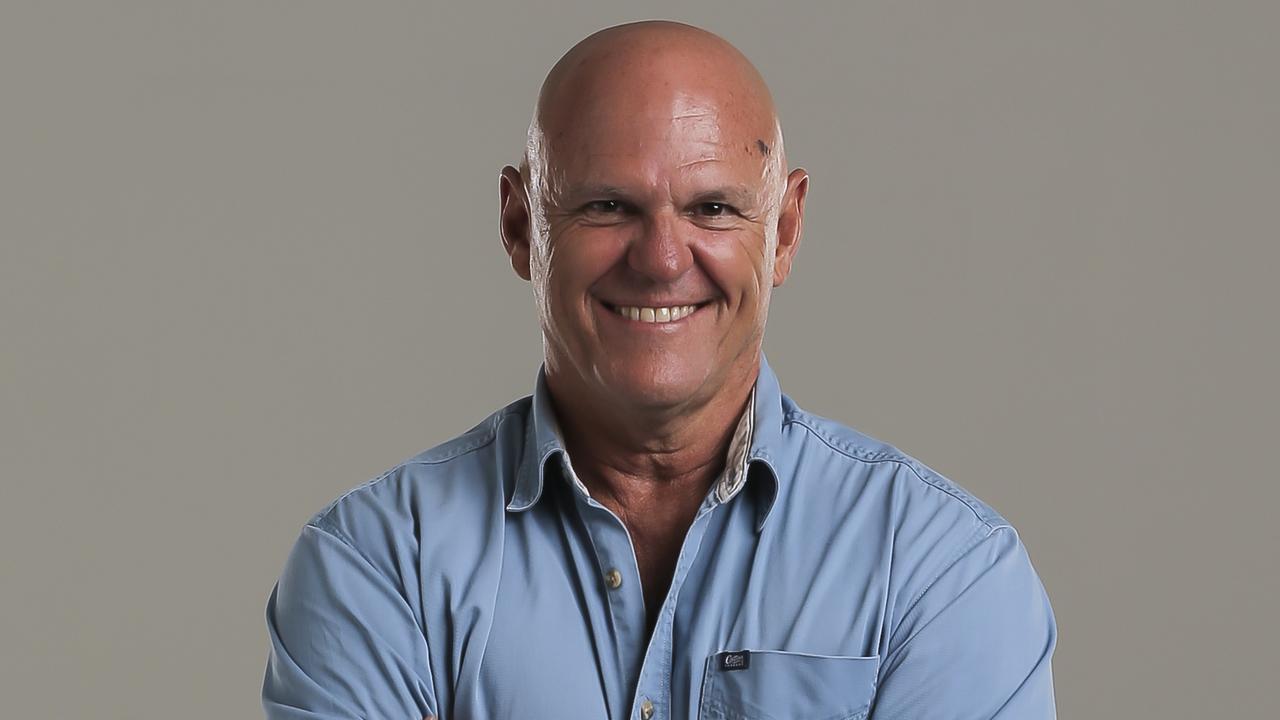Opinion: Farmers need a bank of their own
Social media has dramatically enhanced the public relations powers of the bush, and it will use it to secure a better deal for primary producers, writes Michael Madigan.
Opinion
Don't miss out on the headlines from Opinion. Followed categories will be added to My News.
ONE of the more poignant scenes to come out of the floods in northwest Queensland was the sight of dead calves lying next to the mothers they had sought protection from at the height of the deluge.
Leathery old graziers, their news sense heightened by a decade of social media, inevitably led photographers to the sad little clusters.
A dead calf’s little hoofs reach beseechingly towards mum’s bloated carcass – a flash goes off, a front-page picture is secured and the grazier grunts his approval: “They get sentimental about that sort of thing in the city.’’
Images of the flood that swept in and out of the northwest at the start of the month, leaving the financial equivalent of a drive-by shooting in its wake, dominated commercial networks and the ABC for a full week.
Westerners such as Cloncurry grazier Jacqueline Curley, a talented photographer, took their own pictures that crowded social media and spilt into newspapers as a new publicity-savvy generation of primary producers began softening up the Government for a log of claims in the wake of the disaster.

But there are clear signs the bush is evolving away from the old routine of settling for a trickle of government hand-outs and concessions in the wake of flood or drought. Primary producers are using their increasingly sophisticated lobbying powers to demand a far more radical change to Australia’s financial architecture to allow farming to continue on into the next generation. The thing they most want for the future lies way back in our past – the agricultural bank.
Older primary producers remember them, younger ones marvel at them. The preferred model is not a bank acting independently of government and financed by institutional funds, but one owned by government and underwritten by taxpayers.
Many opponents may cry “agrarian socialism’’ at the very suggestion, and with justification. To use taxpayer funds to underwrite low-interest loans to farmers under substantially different repayment plans than commercial banks offer is, unquestionably, a form of wealth redistribution. But, we redistribute the wealth all the time, from family tax benefits to drought relief, and there’s every possibility that re-creating something like the old Commonwealth Development Bank (CDB) could be done at low or possibly even break-even cost.

Australian farmers lived a sheltered life until the 1960s, when they lost their protected status when Britain joined the European Economic Community. Then came the Hawke/Keating deregulation of the 1980s, when the old CDB that helped finance thousands of farmers was sold off with its parent the Commonwealth Bank. This left farmers with a wide choice of financial services, but few attuned to farming life.
Federal Member for Kennedy, Bob Katter, helped create the banking royal commission that exposed the behaviour of the ANZ, which bought the Landmark loan book from the Australian Wheat Board in 2009, and largely ignored the vagaries of farming life when calling in loans from farmers.
Katter is now using the floods as leverage to convince the Morrison Government to provide low-interest loans to flood-affected farmers. But Katter, nothing if not single minded, will continue to pursue his ultimate goal, which is the creation of a government-backed rural reconstruction and development bank to take over distressed rural debt. He now has the wind behind him as more farmers join in the lobbying.

“The producer will only need to pay 2.5 per cent interest instead of 6.5 to 7.5 per cent from the bank with a period of no repayments for a period of time,’’ Katter says of the proposed bank. “This supports those farmers during the downs to make sure the industry survives for the ups.’’
Katter also says such a bank could be flexible enough to revert swiftly to commercial rates when times are good for primary producers and points to a similar temporary state-government-backed facility he created for sugar farmers in the 1980s, which not only recouped all loans, but made a profit.
The floods will recede in the months ahead, but the problem of drought and flood will continue, and primary producers armed with social media accounts will be ever willing to remind the rest of the nation of the latest crisis.
An agricultural bank may be part of the solution. In a nation still enamoured with the success of the economic rationalism that has dramatically increased global wealth over the past four decades, it’s a radical idea.
But it was only in March last year during a speech in Brisbane that one of our chief economic rationalists, former prime minister Paul Keating, conceded that liberal economics had reached a dead end and it might be time for governments to inject themselves back into the economy.
“Governments are going to have to intervene,’’ he said.


